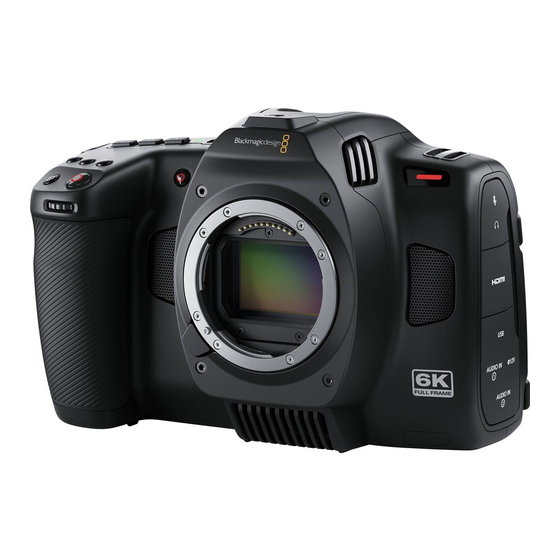
Blackmagicdesign Cinema Camera 6K Installation And Operation Manual
Hide thumbs
Also See for Cinema Camera 6K:
- Installation and operation manual (1584 pages) ,
- Installation and operation manual (1750 pages)












Need help?
Do you have a question about the Cinema Camera 6K and is the answer not in the manual?
Questions and answers